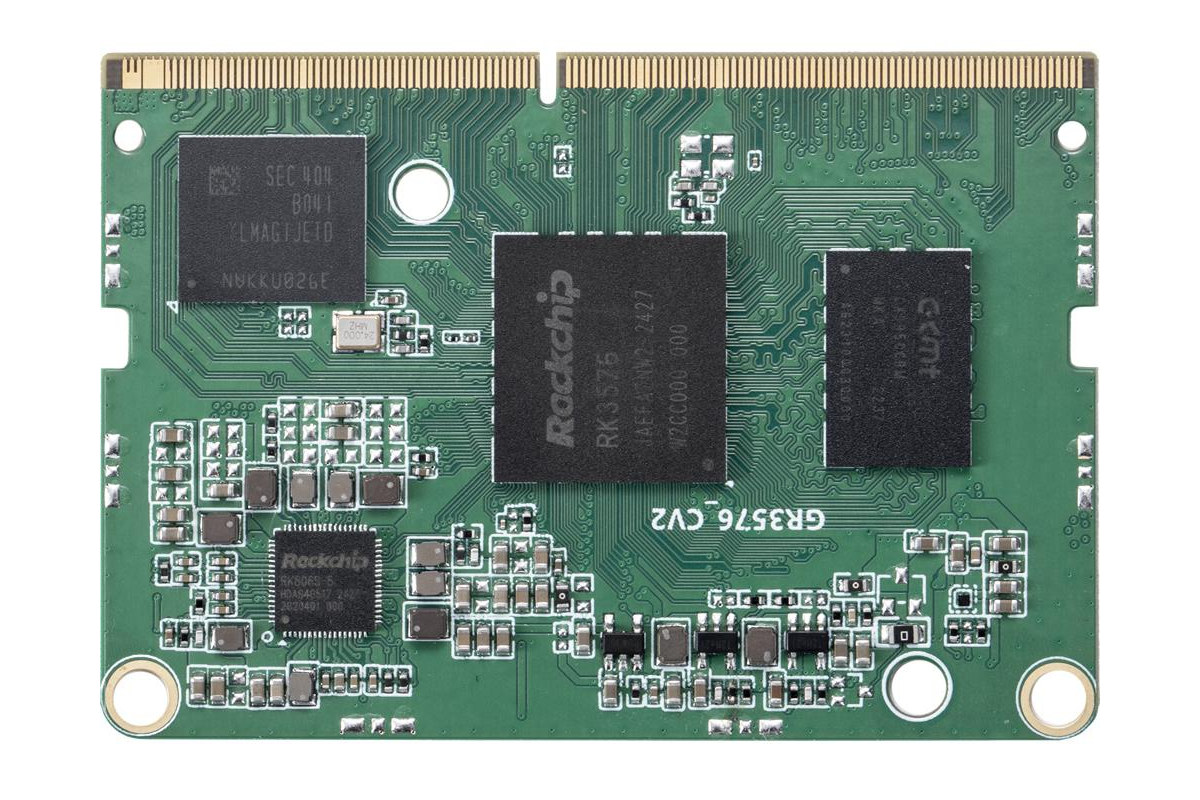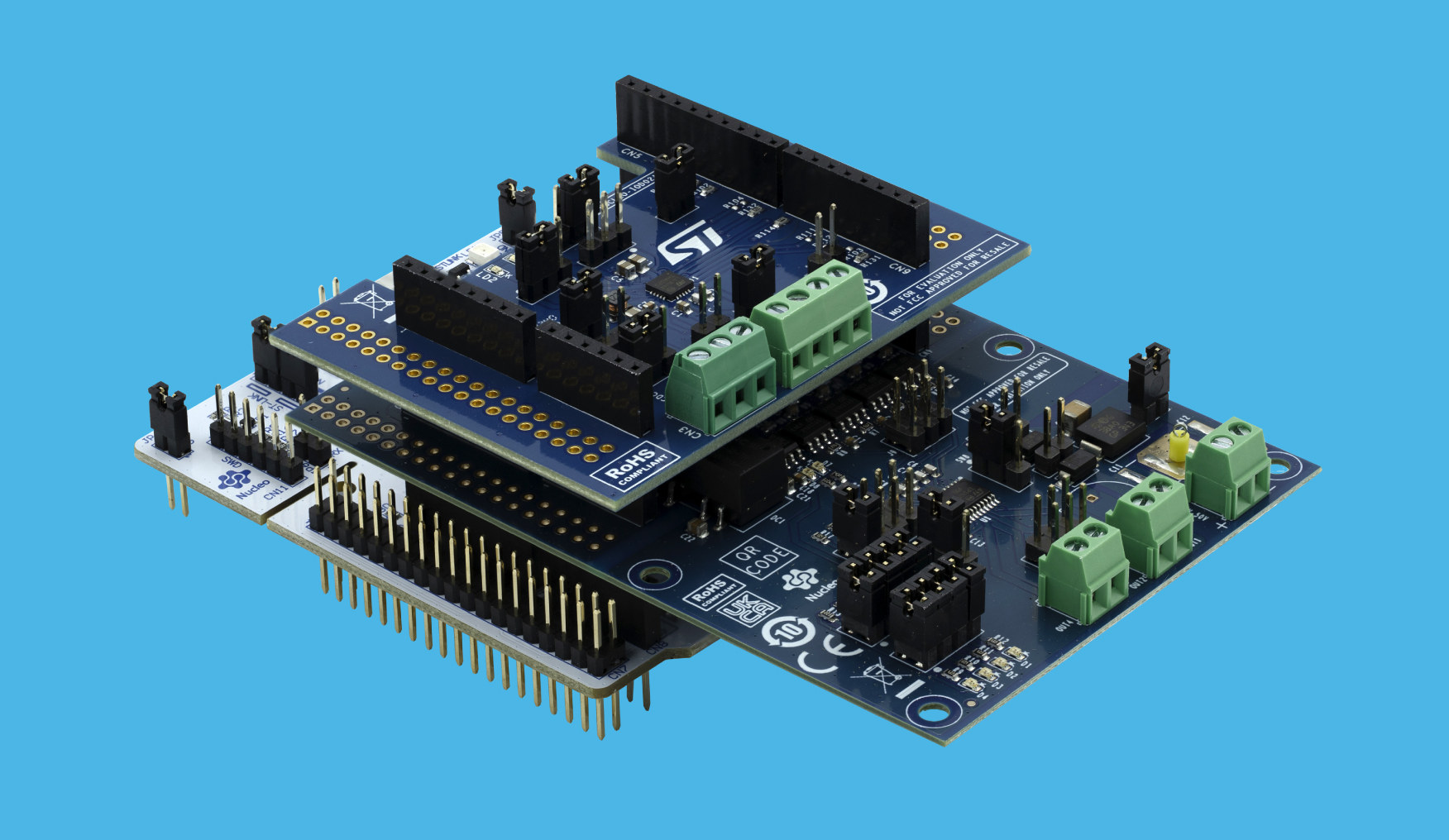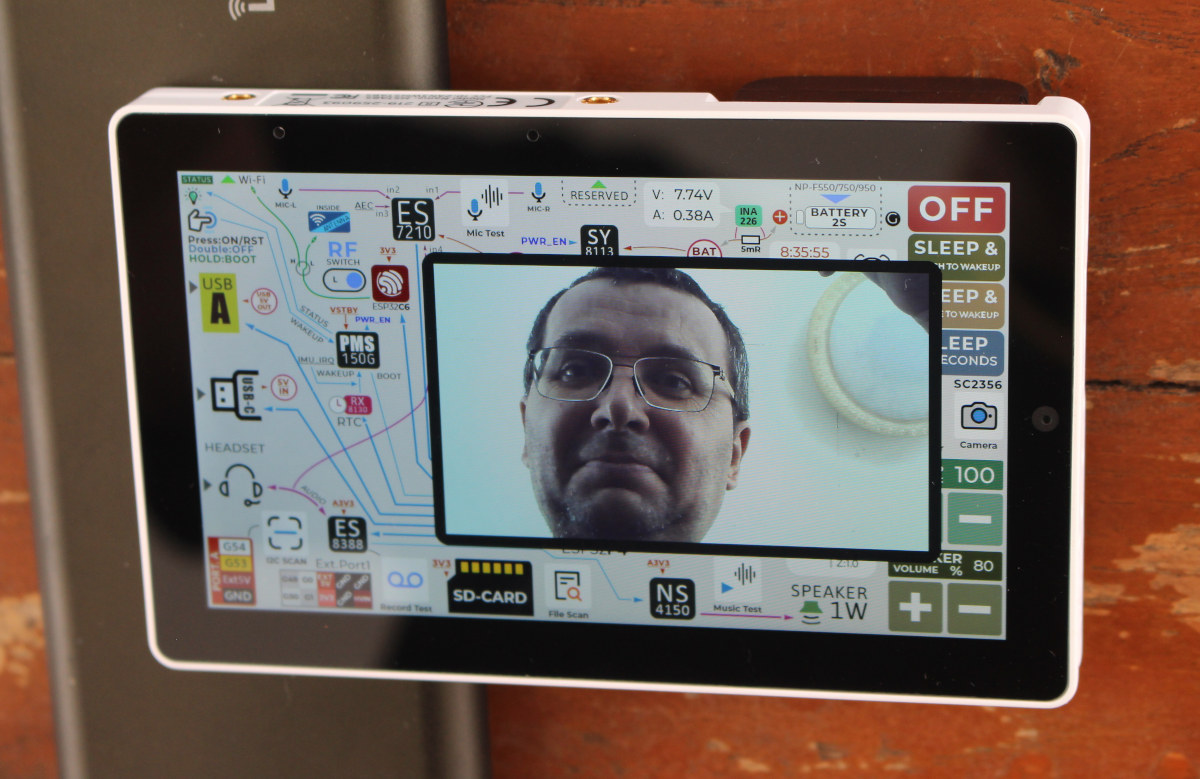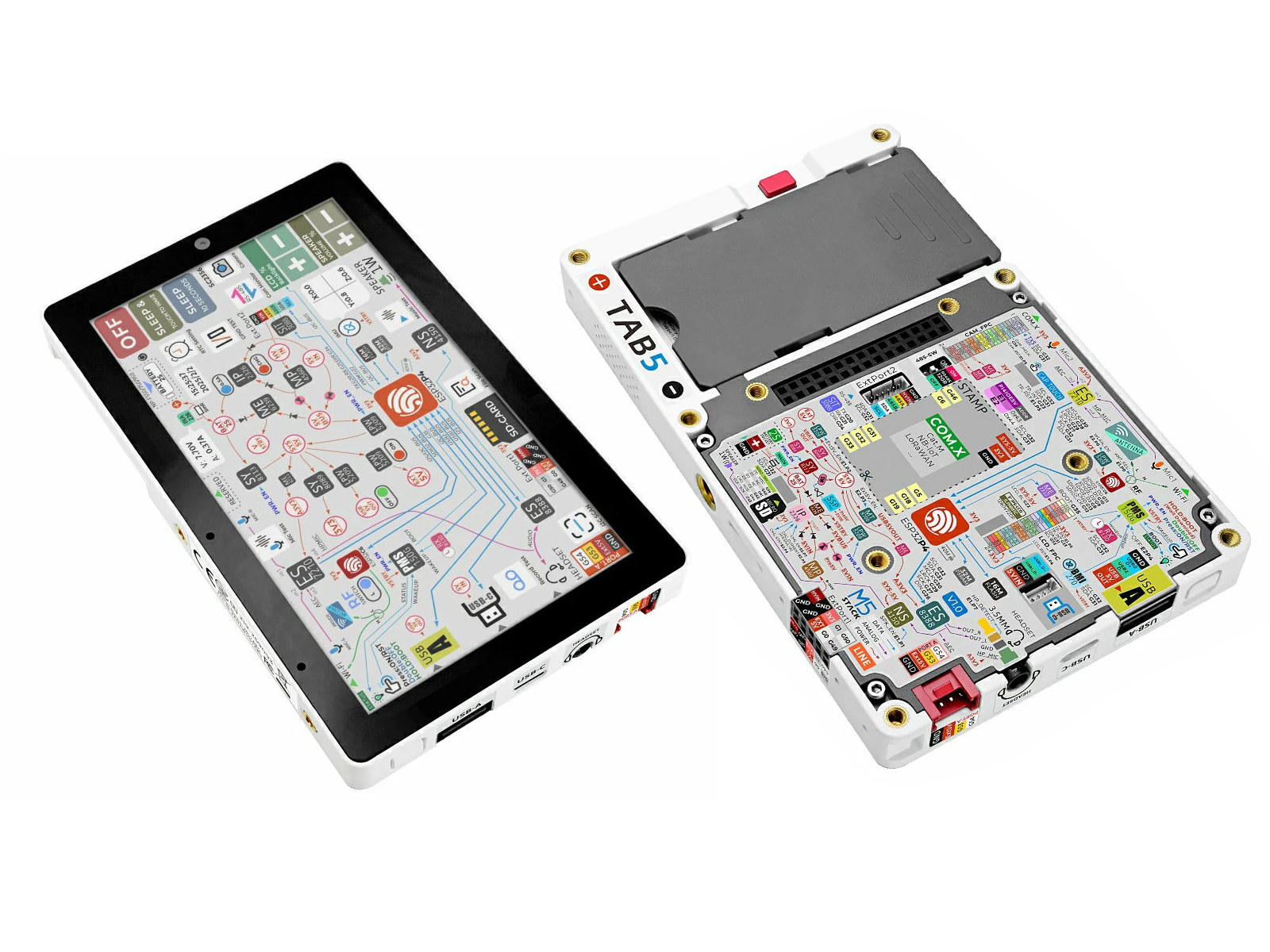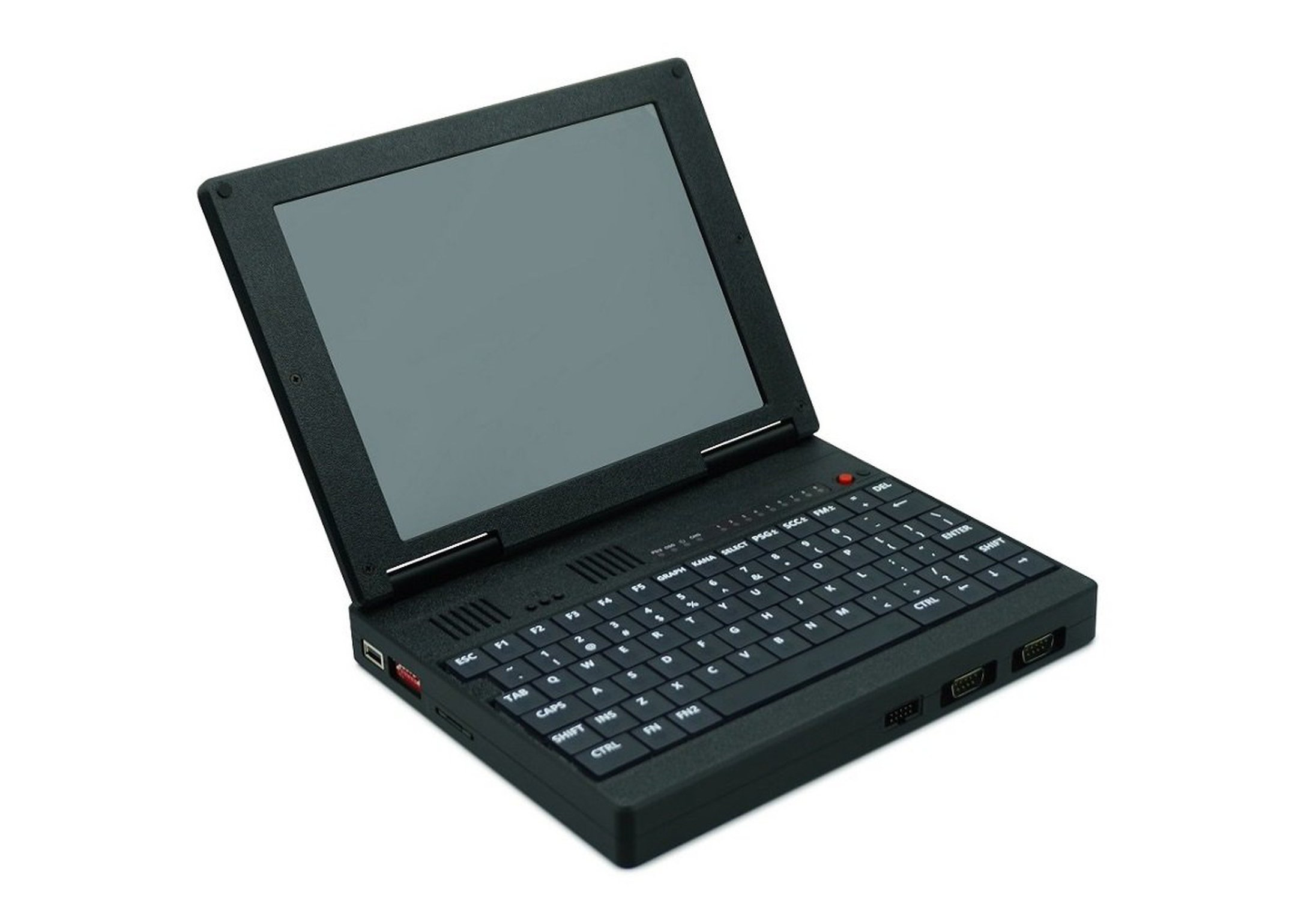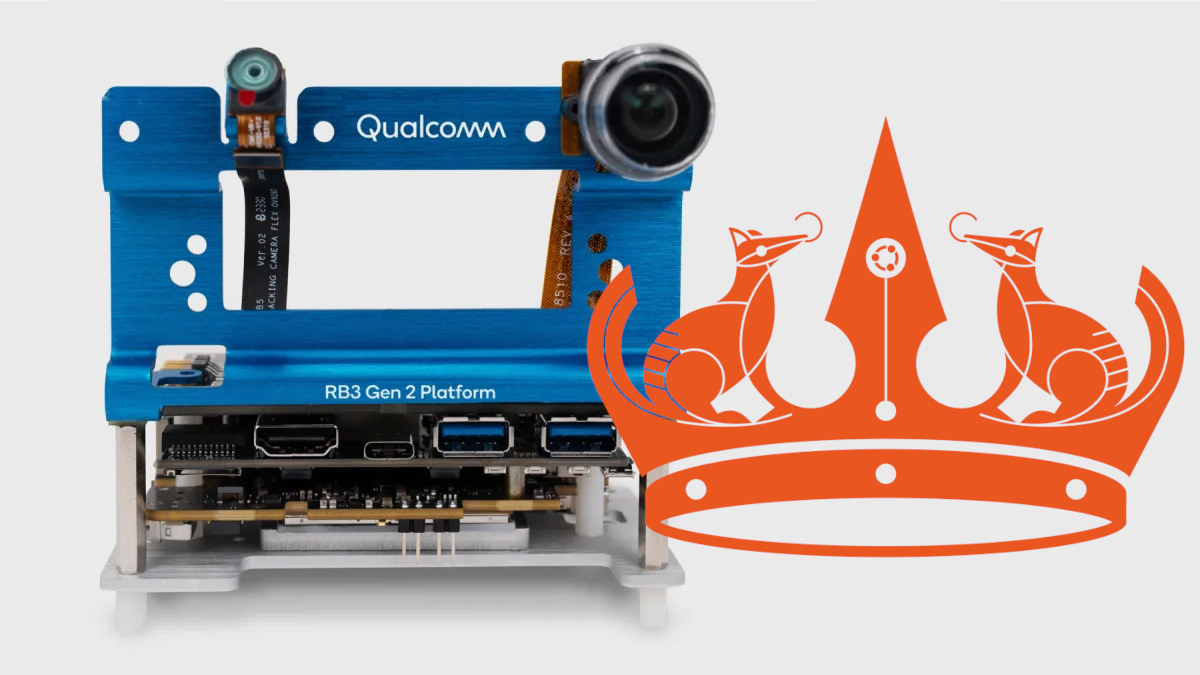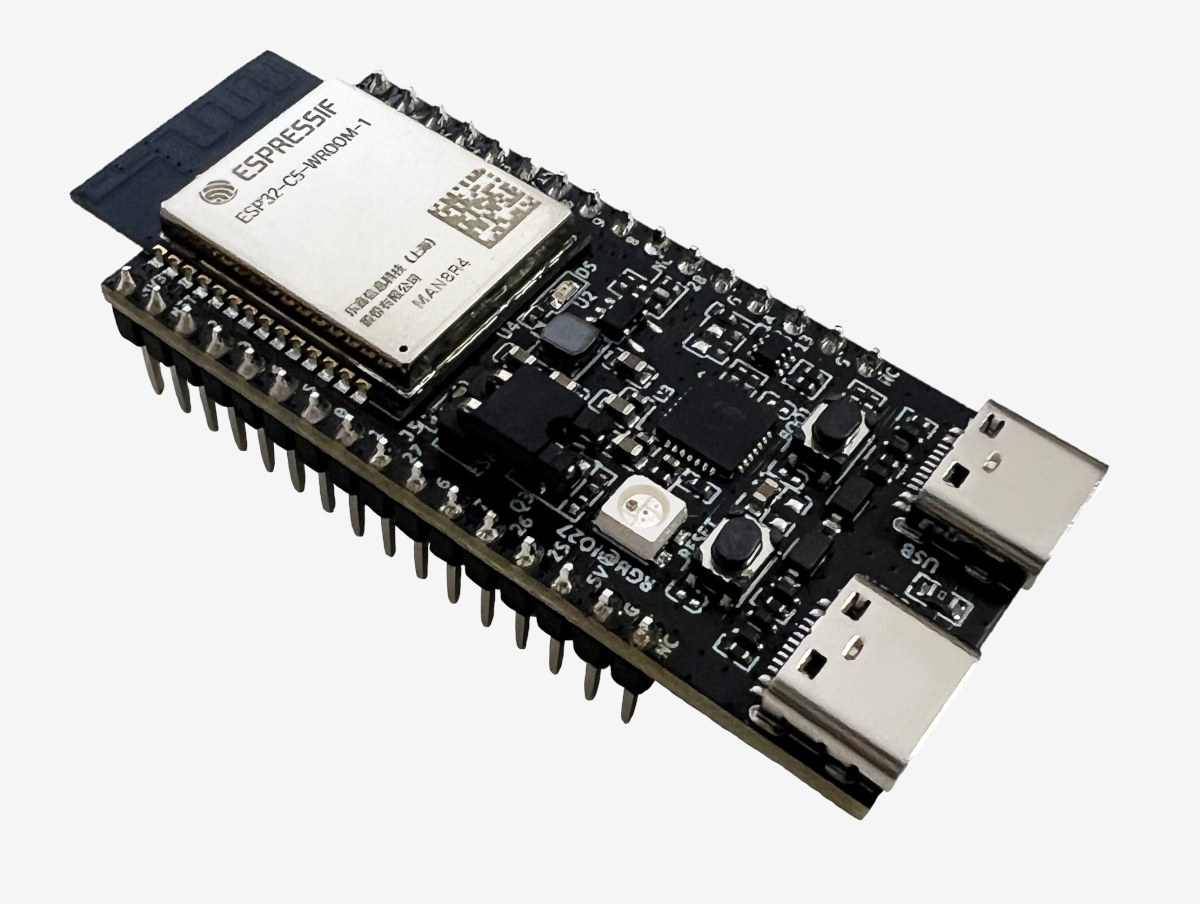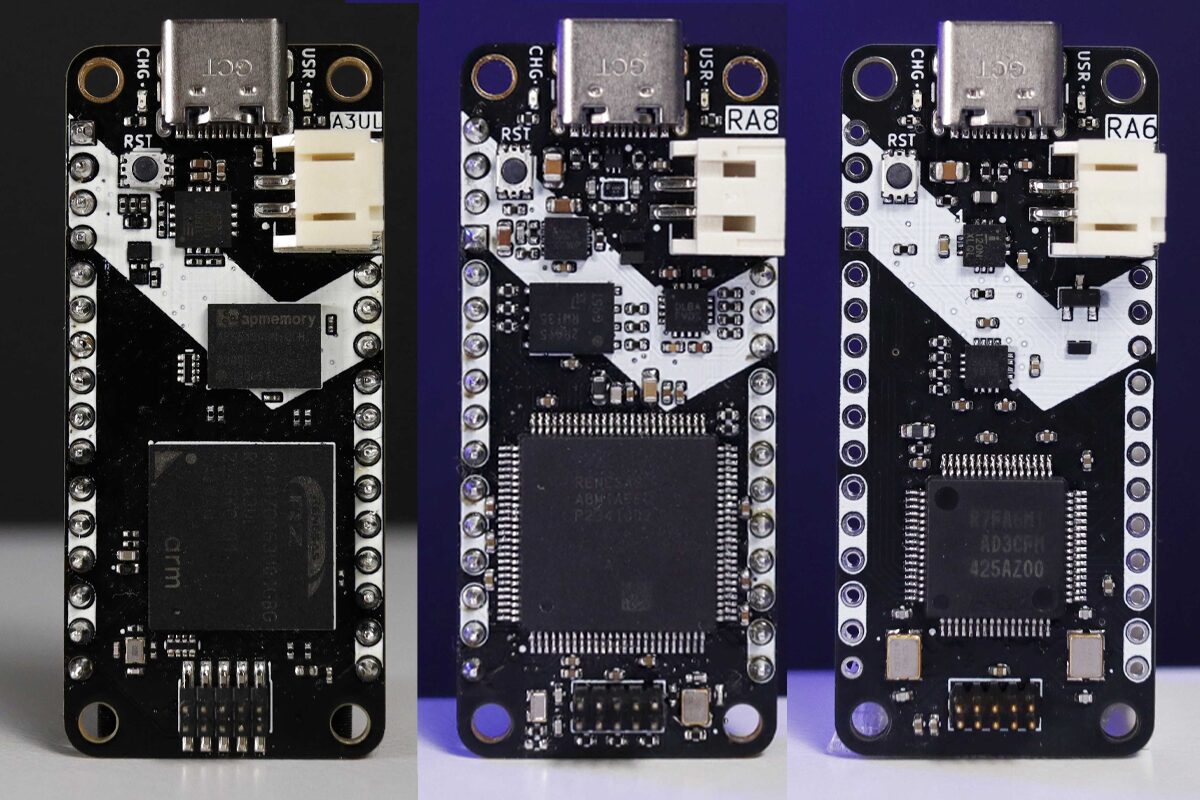Graperain GR3576_CV2 is a 260-pin SO-DIMM system-on-module (SoM) powered by a Rockchip RK3576 octa-core Cortex-A72/A53 SoC with a 6 TOPS NPU, and equipped with up to 16GB RAM and 256GB eMMC flash. The module supports up to six different display interfaces from HDMI to EBC for e-Paper displays, three camera inputs, a range of audio inputs and outputs, as well as USB 3.2, PCIe 2.1, and SATA interfaces, and plenty of other I/Os. Graperain GR3576_CV2 specifications: SoC – Rockchip RK3576 CPU – Octa-core CPU with 4x Cortex-A72 cores at 2.2GHz, 4x Cortex-A53 cores at 1.8GHz GPU – Arm Mali-G52 MC3 GPU with support for OpenGL ES 1.1, 2.0, and 3.2, OpenCL up to 2.0, and Vulkan 1.1 NPU – 6 TOPS (INT8) AI accelerator with support for INT4/INT8/INT16/BF16/TF32 mixed operations. VPU Video Decoder H.265, VP9, AV1, and AVS2 up to 8Kp30 or 4Kp120 H.264/AVC and MJPEG up to 4Kp60 Video […]
$130 STMicro P-NUCLEO-IOD5A1 modular IO-Link development kit features STM32, transceiver, and actuator boards
STMicroelectronics P-NUCLEO-IOD5A1 is a new modular IO-Link development kit designed to simplify building actuators and sensors by providing all necessary hardware and software for industrial automation projects. We’ve recently come across more solutions for the 3-wire IO-Link bi-directional and point-to-point (P2P) industrial communication protocol based on the IEC 61131-9 standard with ICs and products such as Renesas CCE4511 IO-Link master, STMicro EVLIOL4LSV1 IO-Link actuator board, and an IO-Link Master HAT for the Raspberry Pi. The P-NUCLEO-IOD5A1 devkit appears to be an all-in-one IO-Link combining all hardware needed for prototyping. P-NUCLEO-IOD5A1 content: MCU Board – NUCLEO-G071RB board based on STMicro STM32G071RB Arm Cortex-M0+ MCU @ 64 MHz with 128 KB flash and 36 KB RAM, and equipped with Arduino and ST morpho headers. Transceiver board – X-NUCLEO-IOD02A1 with L6364Q dual-channel IO-Link physical layer IC to handle communication with the IO-Link master. It also includes protection against surges and reverse connection Actuator board […]
M5Stack Tab5 Review – Part 1: Unboxing, teardown, and first try of the ESP32-P4 and ESP32-C6 5-inch IoT devkit
I’ve just received a review sample of the M5Stack Tab5 ESP32-P4 IoT development kit, which looks like a small tablet with a 5-inch touchscreen display, a 2MP front-facing camera, an ESP32-C6 WiFi 6, Bluetooth, and 802.15.4 wireless module, and various expansion interfaces. Today, I’ll go through an unboxing, a (partial) teardown, and have a quick try with the default firmware and GUI, before checking out how to program the device in the second part of the review. M5Stack Tab5 unboxing I received the Tab5 in its retail package along with an M5Stack-branded transparent sticky tape roll. Not sure why, but thanks M5Stack, sticky tape is always useful, so appreciated! The bottom side of the package has all the key features and specifications that we already covered in our article about the Tab5. The package contains the Tab5 itself, a 2,000mAh/14.8Wh battery, and a cable with six wires for the ExtPort2 […]
M5Stack Tab5 is a tablet-like ESP32-P4 IoT development kit with a 5-inch touchscreen display and front-facing camera
The M5Stack Tab5 may look like a small tablet, but it’s an ESP32-P4 IoT development kit with a 5-inch touchscreen display, a 2MP front-facing camera, an ESP32-C6 WiFi 6, Bluetooth, and 802.15.4 wireless module, and a range of interfaces. Those include USB Type-A and Type-C ports, an RS485 interface, a STAMP pad to connect an LTE Cat M/NB-IoT or LoRaWAN module, and expansion connectors including a Grove module, a 30-pin M5Bus header, and a GPIO_EXT connector. The Tab5 is also equipped with a built-in speaker and dual-microphone array, and the ESP32-P4 development kit is powered by a removable battery with charging support. M5Stack Tab5 specifications: Microcontroller – Espressif Systems ESP32-P4NRW32 CPU Dual-core 32-bit RISC-V HP (High-performance) CPU @ up to 400 MHz with AI instructions extension and single-precision FPU Single-RISC-V LP (Low-power) MCU core @ up to 40 MHz with 8KB of zero-wait TCM RAM Memory 768 KB HP L2MEM […]
OneChipBook-12 is a Cyclone EP1C12Q FPGA development platform with a built-in display and mechanical keyboard
It may look like a netbook from 10 years ago, but the OneChipBook-12 from “8086YES!” is instead an Altera Cyclone EP1C12Q FPGA development platform with a VGA display (LCD form iPad 2), a PS/2 QWERTY mechanical keyboard, a battery, and a few ports. While the OneChipBook-12 is sold as a blank FPGA development platform “with no predefined functionalities”, the hardware is similar to One Chip MSX (1chipMSX), Zemmix Neo, and uMSX systems, which are modern MSX2+ clones, and that’s the main reason people are purchasing the device. OneChipBook-12 specifications: FPGA Altera Cyclone EP1C12Q240 (from the obsolete Cyclone I family) 12,060 LEs 239,616 bits RAM System Memory – 32MB SDRAM Storage – SD card slot (FAT16 file system supported) Display – 1024×768 VGA display Video Output – VGA, S-Video, and CVBS Output interface Audio – Stereo speakers, audio output jack (8), volume control knob (9) USB – USB Type-A port […]
Canonical releases Ubuntu 24.04 Desktop image for the Qualcomm DragonWing QCS6490 and QCS5430 processors
Canonical has just released a publicly available Ubuntu 24.04 Desktop beta image for the Qualcomm DragonWing QCS6490 and QCS5430 processors, and more specifically for the Qualcomm RB3 Gen 2 Vision Kit (QCS6490) and Qualcomm RB3 Gen 2 Lite Vision Kit (QCS5430). This adds to the existing Ubuntu 24.04 Server image for the Qualcomm vision kits, and Canonical says the unified image is currently designed for developers, ODMs/OEMs, and customers who want to evaluate the solution, and certified versions of Ubuntu 24.04 Desktop and Server images are coming soon with long term support and maintenance. Canonical explains the image enables the full Ubuntu Desktop experience at the edge with “powerful AI acceleration with high-performance graphics” (so I assume that means GPU and NPU are already supported), enhanced camera and multimedia capabilities, sensor integration, and various performance optimizations of the DragonWing family. So the way I read the announcement is that contrary […]
ESP32-C5 dual-band WiFi 6 SoC enters mass production, ESP32-C5-DevKitC-1 board launched for $15
Espressif Systems has just started mass production of the ESP32-C5 RISC-V wireless microcontroller with dual-band (2.4/5 GHz) WiFi 6, Bluetooth LE, and 802.15.4 (Zigbee, Thread) connectivity. The ESP32-C5-DevKitC-1 development is now available for about $15 on AliExpress, and should soon show up on the company’s Amazon store. So far, WiFi-capable Espressif microcontrollers have only supported 2.4 GHz WiFi since it’s cheaper and offers better range for IoT applications, but some applications may benefit from 5 GHz WiFi, so the company unveiled the ESP32-C5 dual-band WiFi 6 and BLE RISC-V MCU in June 2022. Design probably took longer than expected, but we noted documentation for an ESP32-C5 beta board in March 2024, and finally, the company has just announced that mass production has started. We’ll have a closer look at the ESP32-C5-DevKitC-1 board in this article, since it is different from the beta board. ESP32-C5-DevKitC-1 specifications: Wireless module – ESP32-C5-WROOM-1 SoC […]
Zalmotek RA6M1, RA8M1, and RZ/A3U SoMs follow Adafruit Feather form factor, support carrier board for robotics and industrial control
Romanian company Zalmotek has recently introduced three new SoMs, the RA6M1, RA8M1, and RZ/A3UL, and a modular carrier board designed for embedded applications such as robotics, industrial control, and edge computing. There are a few things that I find interesting about this setup. The SoM comes in Adafruit Feather form factor and, as a result, supports various Adafruit FeatherWings. The modular carrier board supports the Dynamixel motor driver module, the Particle M-SoM breakout module, Ethernet, and CAN modules. The RA6M1 Feather SoM is powered by a Renesas RA6M1 Arm Cortex-M4 CPU at up to 120 MHz, with 512 KB flash and 96 KB SRAM while the RA8M1 Feather SoM features a Renesas RA8M1 64-bit Arm Cortex-M85 running at up to 360 MHz with 128 Mbit SPI flash, the RZ/A3UL Feather SoM is based on a Renesas RZ/A3UL 64-bit Arm Cortex-A55 CPU at up to 1 GHz, with 512 Mbit OctaFlash […]


